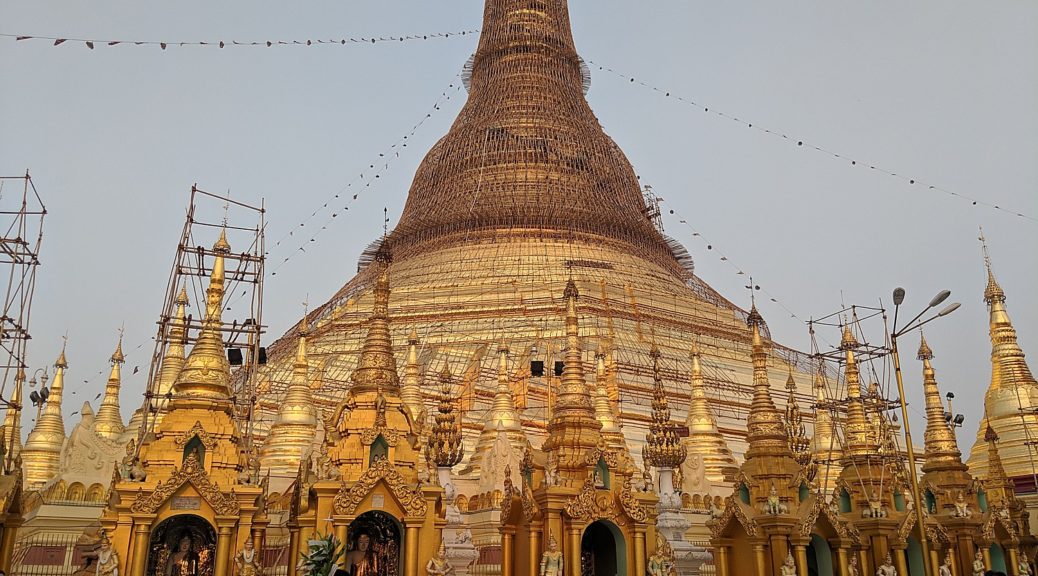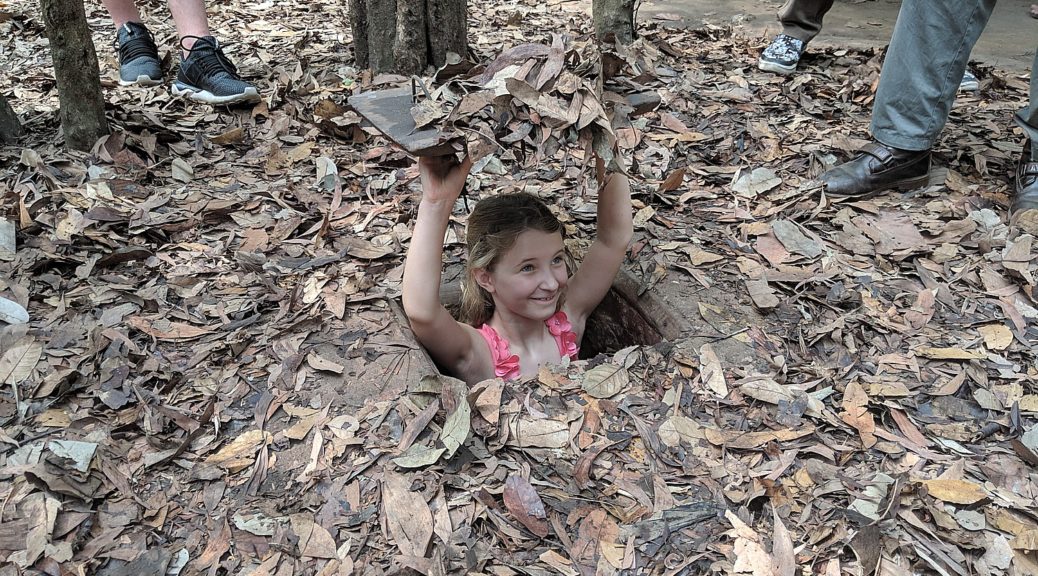
By Karen Rubin, Travel Features Syndicate, goingplacesfarandnear.com
It is clear why Bill Chalmers, the ringmaster of the Global Scavenger Hunt, inserted Gibraltar on the “final exam” in which we needed to get ourselves from Marrakech to Fes to Gibraltar to Seville to Porto in five days – it was a challenge to figure the transportation and prove ourselves as world travelers. Some of the rules are relaxed for this, the most arduous of travel legs (a par 6) – the top 4 teams in contention for “World’s Best Traveler” are allowed to team up together but only for one country; can rent a car but only once and in one country (not cross-borders); can use their cell phone for information and GPS. We are given an allowance to purchase transportation and to book the three hotel nights we will be on our own; there are extra points for booking an AirBnB and for the cheapest hotel night.
The next day we are out at 9 am to catch the 10 am train to Tangier, where we will get the ferry to Algeciras and from there go to Gibraltar. As it turns out, there are three teams (six of us), following this same itinerary (not a coincidence – since none of us are in contention, we were allowed to share information and travel together).
This day, the third in our Par 6 challenge, is all about travel. Again, the train through Morocco is comfortable, fast, and provides a wonderful view of the country. But….
It was unnecessarily difficult to get information about which port at Tangier to go to for which ferry. There were about four different ferry lines, but two different ports. The group decides to taxi 45 minutes to the Tangier MED port – a major cargo shipping port – instead of going to the Tangier Ville port just a few minutes taxi ride from the train station, where the ferry would have taken us to Tarifa (about 50 minutes away from Gibraltar, compared to 20 minutes from Algeciras). The taxi ride along the coast is gorgeous, but the port is less suited to passengers than cargo. The immigration process takes forever. What we thought was a 5 pm ferry turned out to be a 6 pm ferry. Then we had to figure how to get from Algeciras (Spain) to Gibraltar (a colony of Great Britain), so the taxis can’t cross the border.

A bus was a 15 minute walk and would have left at 9:30 pm so we decide to take the taxi to the border, where, we are told, we can walk across and get another taxi or a bus to The Rock Hotel. Sounds good, right? The cab drops us, we exit Spain (having just entered at the ferry terminal), and enter Gibraltar (no passport stamp! You have to go to the tourist office!), but no taxi, no bus. We start walking about 1 ½ miles to the hotel. Halfway, we find a cab that takes four of us and the luggage, and two of us continue walking. It is absolutely charming – and also culture shock – having gone from Fes, Morocco in the morning, put a toe into Spain, and now plunked down into this patch of Great Britain.


There are red telephone boxes, Bobbies, English-style pubs.

We have arrived so late, though, the small town (the whole country only has 36,000 residents) is shuttering for the night. We can’t find a cab to take us the mile to the hotel, so we begin walking; eventually we find one cab and two of us continue walking to the hotel. It is absolutely delightful to walk in the quiet of the night, through this place that evokes in my mind an image of Brigadoon, a town from long ago that emerges from the mist.
I only have until early afternoon here to explore Gibraltar before having to push on to Seville, and then on to Porto, Portugal, to finish this leg of the Global Scavenger Hunt.

Our hotel, The Rock, is well situated, just opposite the Botanical Gardens and an easy walk to the cable car that takes you to The Top of the Rock. I purchase ticket that gives me the ride up and entrance to the Nature Reserve as well as most of the key attractions that are all located along trails from the top, hiking down to the village (the hike takes about 1 ½-2 hours, plus time to visit the key attractions; I give myself about 3 hours).

The cable car ride, 6 minutes, immediately brings me to one of the highlights of Gibraltar: its Barbery Macaques (tailless monkeys). (I realize that’s why I am told to wear my backpack in the front, watch for pickpockets and guard my passport.) They are there to greet tourists, even jump on people’s heads, and display antics (in fact, I don’t find any in the “Ape’s Den” which is supposed to be their habitat).




There is a whole chain of things to see: St. Michael’s Cave (way too touristic for my taste, it was developed in the 1950s), Great Siege Tunnels that dates from 1779-83 to defend against the Spanish), World War II tunnels (separate admission 8E for 45-minute tour), various military batteries, Gibraltar A City Under Siege Exhibition (set in one of the first buildings constructed by the British in Gibraltar, there are re-creations of scenes from 1726 as well as graffiti by bored soldiers from then) and a Moorish Castle, first built in 1160 (you climb into the tower of Homage that dates from 1333 when Abu’l Hassan recaptured Gibraltar form the Spanish).



There’s a lot I don’t have time to get to: The Military Heritage Centre in Princess Caroline’s Battery; UNESCO Gorham’s Cave Complex which has evidence of Neanderthal and early modern humans.
I make my way to the charming historic district. It’s May Day and I come upon a labor rally in John MacIntosh Square. Amazingly, the themes could be New York City.

I am also surprised to learn of Gibraltar’s sizeable Jewish community (on The Rock, you can take a trail to Jew’s Gate, which leads to the Jewish cemetery; there are four synagogues, including the Great Synagogue on Engineer Lane, one of the oldest on the Iberian peninsula dating back to 1724 and Flemish Synagogue.
Here in the town there is Casemates Square, Gibraltar Crystal Glass Factory, an American War Memorial, the Gibraltar Museum, Irish Town, Trafalgar Cemetery (where soldiers who died at the Battle of Trafalgar are buried), King’s Chapel and King’s Bastion can be visited (I don’t have time).
The brief time here has been really enchanting.
I get myself to the bus station across the border (disappointed there is no Gibraltar border person to stamp my passport) in La Línea de la Concepción (not realizing that you couldn’t travel directly from Gibraltar to Seville was the problem in figuring out the travel arrangements in advance of coming to the hotel) and take an exceptionally pleasant bus ride through southern Spain into Seville, enjoying the lush landscape, the magnificent farms, and the hilltops dotted with wind turbines.
Still Seville and Porto to go before finishing this leg of the Global Scavenger Hunt.
See more at globalscavengerhunt.com
_____________________________
© 2019 Travel Features Syndicate, a division of Workstyles, Inc. All rights reserved. Visit goingplacesfarandnear.com, www.huffingtonpost.com/author/karen-rubin, and travelwritersmagazine.com/TravelFeaturesSyndicate/. Blogging at goingplacesnearandfar.wordpress.com and moralcompasstravel.info. Send comments or questions to FamTravLtr@aol.com. Tweet @TravelFeatures. ‘Like’ us at facebook.com/NewsPhotoFeatures












